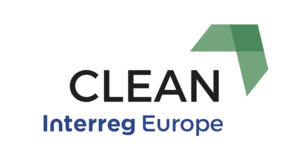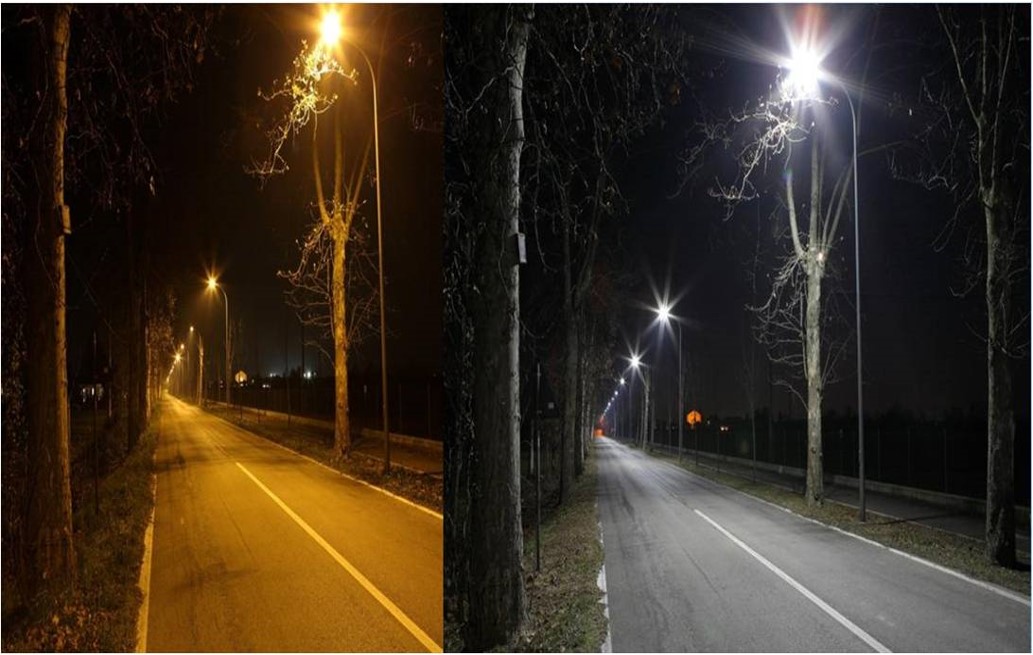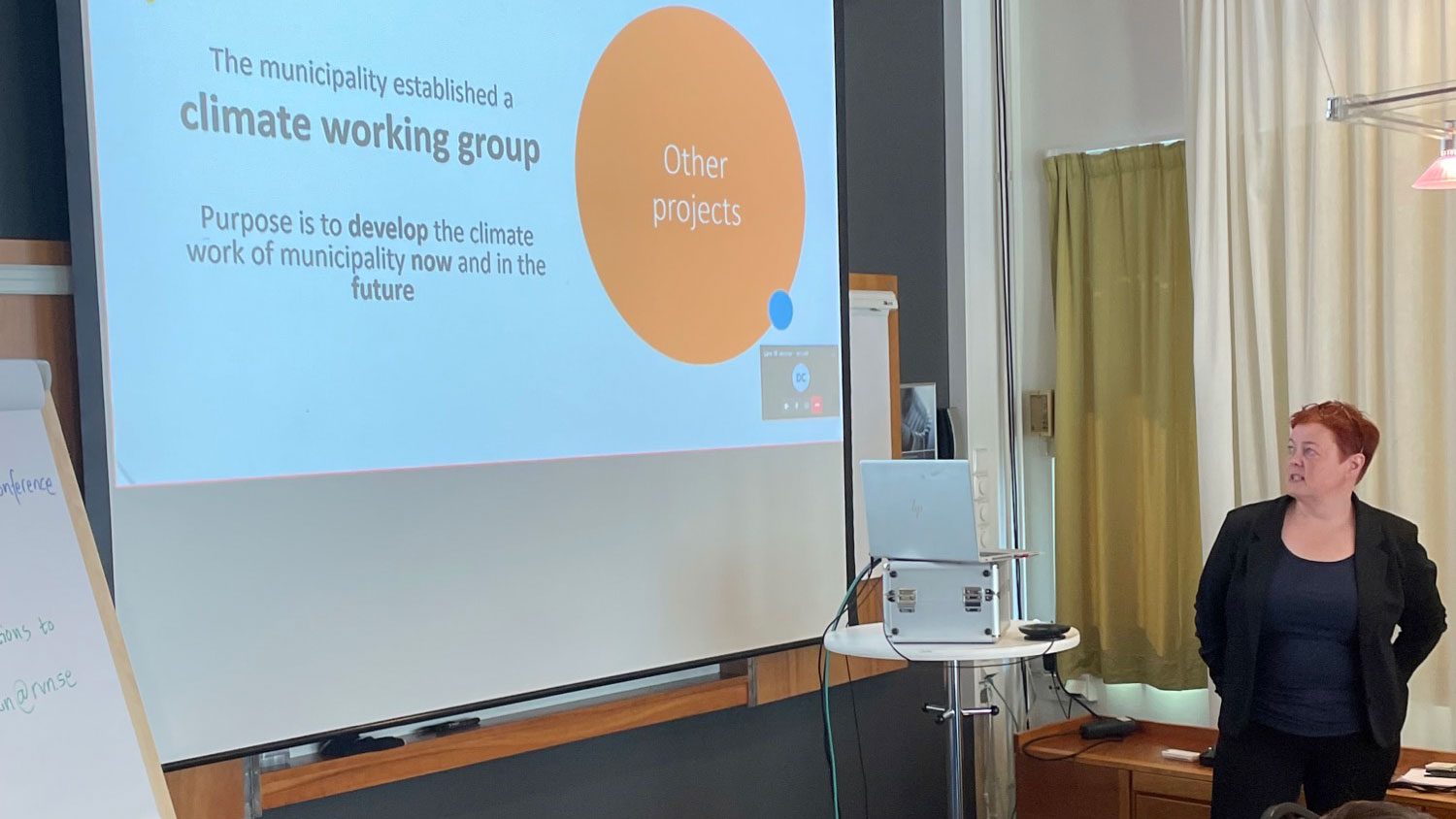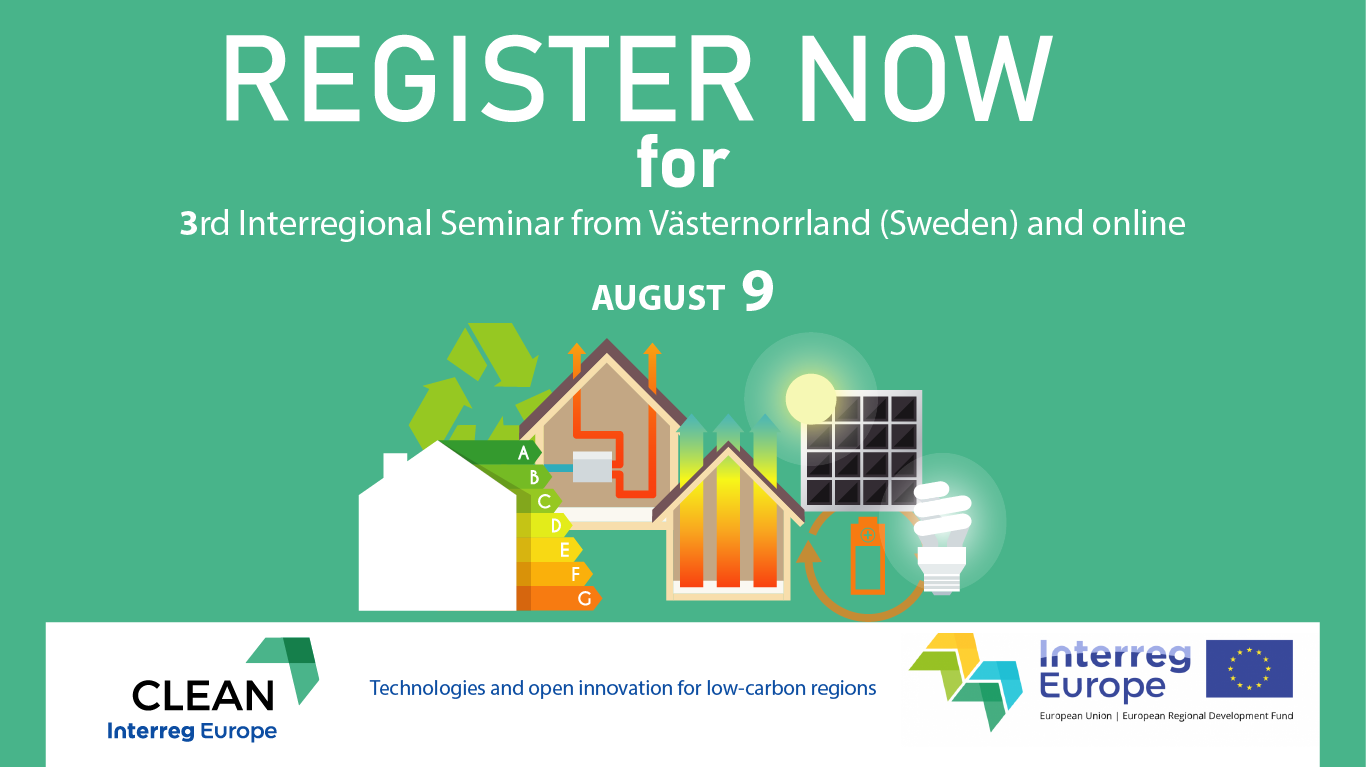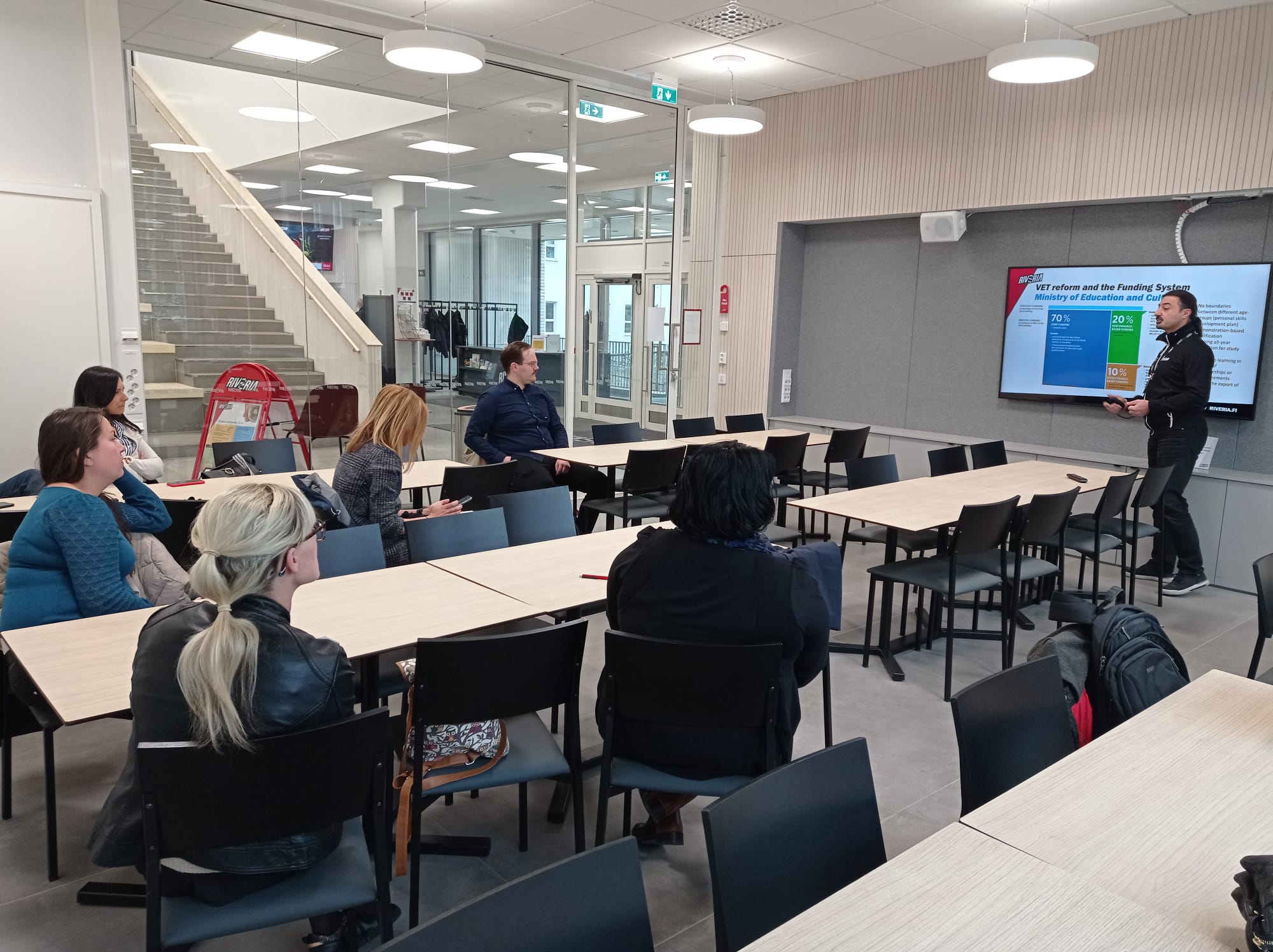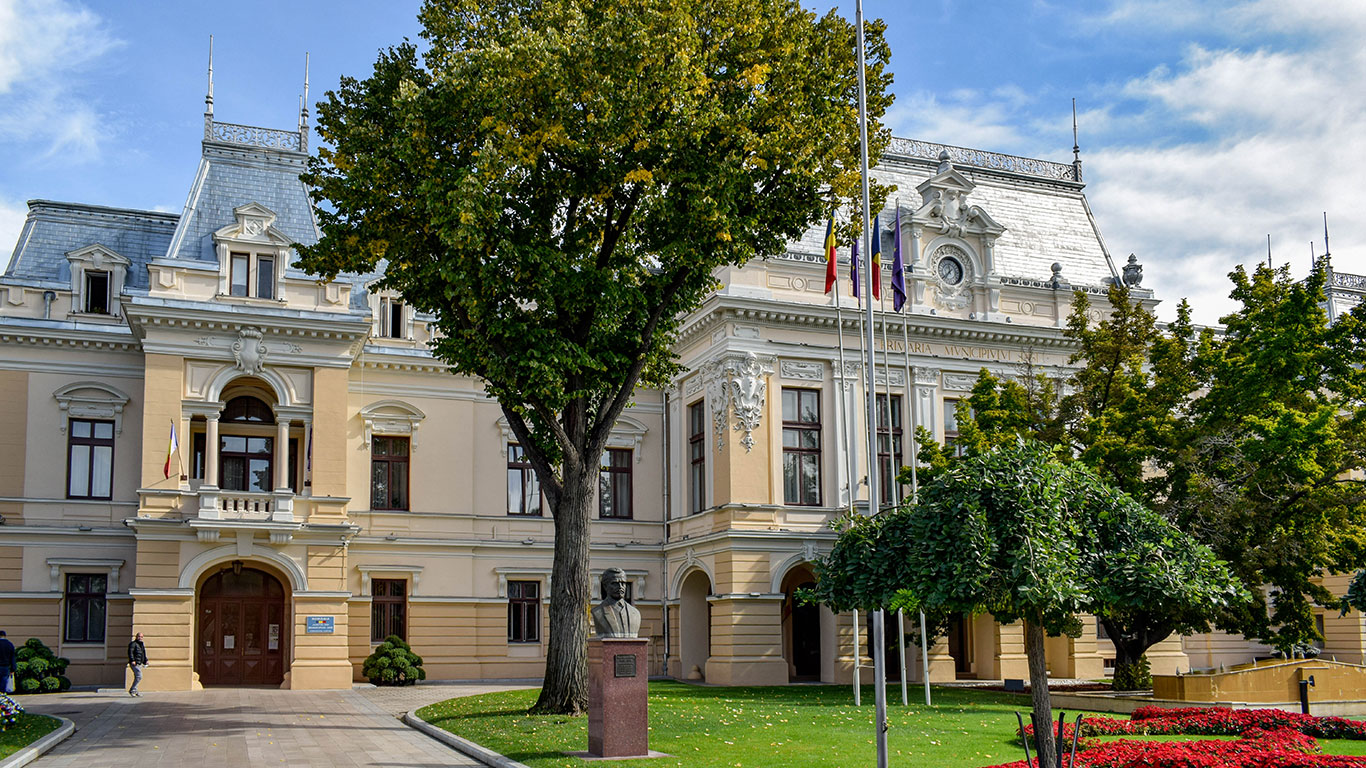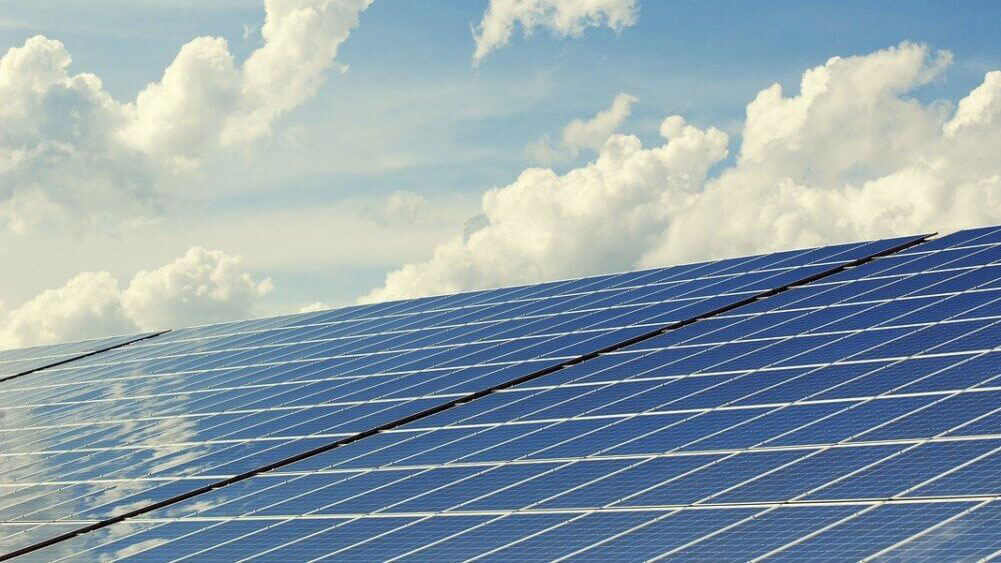Introduction
North Karelia is located in Eastern Finland, see figure 1 below. The population of North Karelia is approximately 165,000 people and the regional capital of North Karelia is the city of Joensuu, with 75,000 inhabitants. There are over 2,000 lakes in the region and lake Pielinen (located in the northern part of the region) is the 4th largest lake in Finland.

Figure 1. Location of North Karelia. (Based on www.visitkarelia.fi/fi/Matkailu/Pohjois-Karjala)
The Climate and Energy Programme of North Karelia presents a plan of action for the North Karelia region on climate change mitigation and adaptation. The Climate and Energy Programme implements the climate targets set out in the European Union and Finland. Visions and targets presented in the programme aim far beyond the target year of 2020. The programme was made in cooperation with all of the actors in the region and it sets a common vision of the desired future. The Regional Council of North Karelia acted as the programme coordinator.
The strengths of North Karelia are its rich natural resources and diverse expertise in the bioenergy and forestry research sectors. In terms of energy self-sufficiency and the share of renewable energy, North Karelia already exceeds the EU and national climate targets. Climate change and the challenges it poses is seen as a possibility for the North Karelia region to develop innovations and new business opportunities. The programme focuses on the sectors of energy production and consumption, transport, community structure and land use planning, construction, waste management, agriculture and forestry.
Public Buildings
List of buildings analysed in this report:
Joensuu Central Hospital was used as a main benchmarking area because there is a large building mass and they have a clear long-term vision to be more energy efficient. There is a lot of potential in this area within the coming years although at the moment there are only a few indicators that can be measured in terms of energy efficiency. The area is expanding constantly and there will be more comparable data available in coming years. Also, their new exhaust air heat recovery system is working now and there will be adjustments to make it even more efficient. All things mentioned above make hospital area a very interesting subject to monitor and analyse.
Interventions available - grants, energy efficiency implementations:
Inside the Regional Council of North Karelia website, there is a sub-website available www.rakennerahastot.fi which is made for the project actors. This site is an online service for parties applying for financing from the European Regional Development Fund (ERDF) and the European Social Fund (ESF), for the authorities and for all those interested in EU funding. Project funding is categorized roughly into three levels: EU, National and Regional.
Energy consumption
Consumption targets:
North Karelia has its own climate and energy targets. The regional council is also building a roadmap towards oil-free North Karelia 2040. The baseline and targets at the moment are the following:
- Utilize local resources as much as possible
- Total energy consumption should remain the same
- Greenhouse gas emissions to be reduced by 80 % between 2007 and 2030
- Abandon the use of heating oil in heating sector by 2020
- Share of renewable to be 80 % by the year 2020
In the year 2014, the share of renewable energy in North Karelia was 66%. Most of this renewable energy was based on wood energy; black liquor from pulp and paper mills, industry’s side products, wood chips and logs. The rest of the renewable energy was produced by water power and imported renewable electricity. The total energy used in the year 2014 was 12,000 GWh and the energy self-sufficiency was 63%. Figure 2 below represents the total energy consumption by energy source.

Figure 2. Energy Consumption in North Karelia 2014
Carbon emission
Total carbon emission:
North Karelia is the first region in Finland to apply for a membership in the Carbon Neutral Municipalities (CANEMU, HINKU in Finnish) network. Resource efficiency, low-carbon society and bioeconomy are central themes in regional strategies. The long-term goal is to turn North Karelia into a carbon neutral and over self-sufficient region in renewable energy production where fossil oil is not used in energy production.
The total amount of greenhouse gases (GHG) emitted in 2014 was about 1.3 million tons of CO2 equivalent. This is 21% less when compared to the year 2007. Most of the GHG’s comes from road traffic which accounts almost 30% of all GHG’s. 25% of GHG’s comes from electricity production and about 20% from agriculture. The rest of GHG emissions come from other fossil fuels and waste management. Below, figure 3 represents the share of GHG’s by source.

Figure 3. Greenhouse gas emissions from source in 2014
